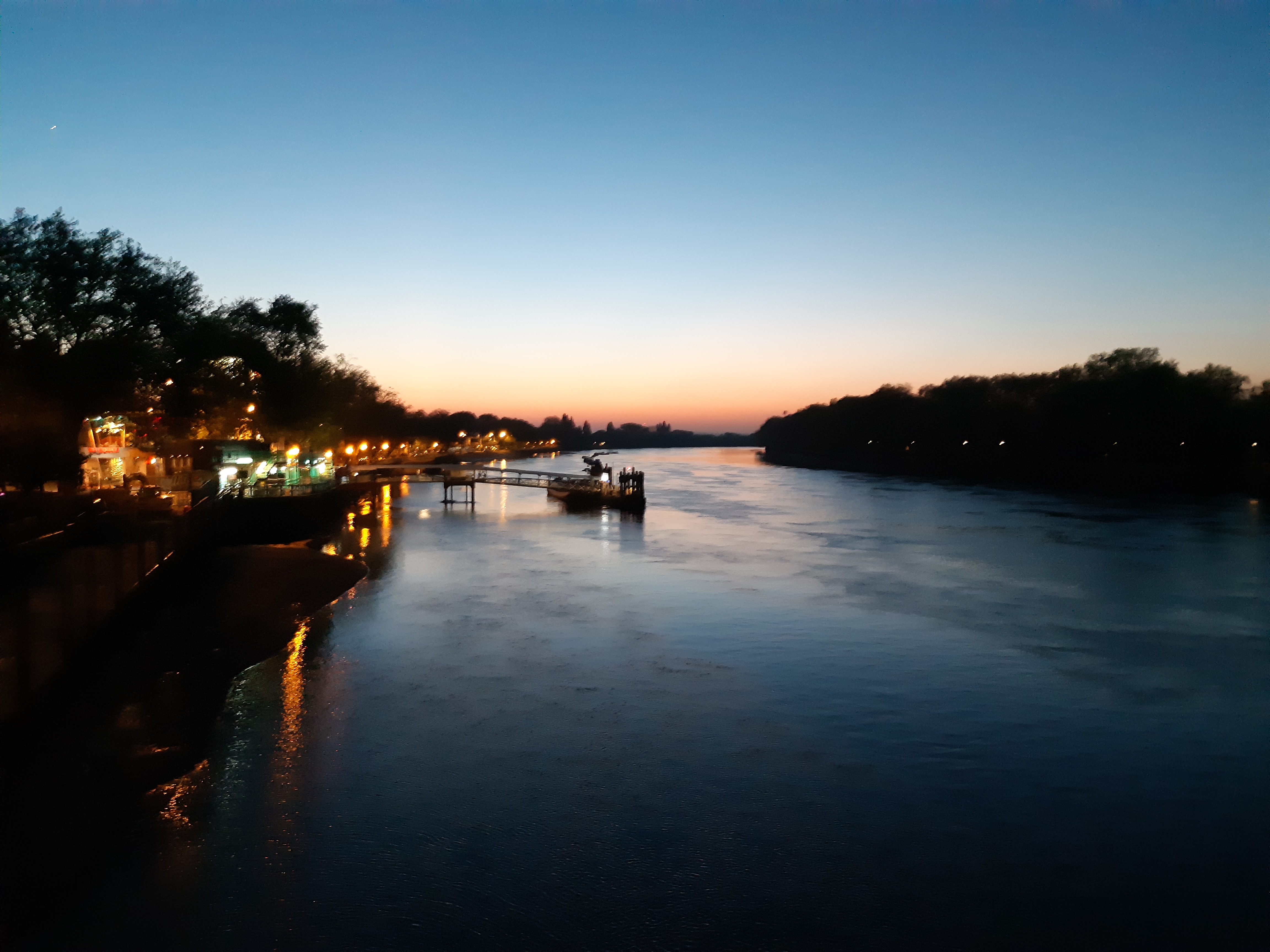Why you can trust TechRadar
Battery life
- 3,000mAh battery lasts a day of moderate use
- Supports fast charging
The Samsung Galaxy A8 has a 3,000mAh battery, now the standard for phones with an 18:9 style screen. Predictably, then, real-world battery life is only decent.
On days when we’ve subjected the phone to some podcast streaming, YouTube watching, and the screen has been forced into an ultra-bright setting by the ambient light level, we’ve had to give the phone a battery pick-me-up in the early evening. It won’t last a full day of very heavy use but will last a full day of normal use.
However, the display is incredibly efficient. In our standard battery test, where we play a 90-minute video at maximum brightness, the Samsung Galaxy A8 only lost 9% charge. This is among the best results we’ve seen in a phone, and it’s doubly impressive considering how bright the screen is.
Last year’s Samsung Galaxy A5 lost 12% in the same test, which was already a great result.
Other tasks, like streaming audio in the background or general mixed use, do drain the battery at a more normal pace, though.
The Samsung Galaxy A8 comes with a fast charger, designed to get you from 0 to 100% in under two hours. However, there’s no wireless charging.
Camera
- Dual-lens front-facing camera works well
- 16MP rear camera works well in daylight, less so at night
- Video recording tops out at 1080p
The Samsung Galaxy A8 has a dual-camera array, but only on the front. A single 16MP lens sits on the back, alongside a simple single-LED flash.
Sign up for breaking news, reviews, opinion, top tech deals, and more.
In daylight the phone takes excellent pictures. They’re bright, detailed, and punchy-looking. Colors are slightly oversaturated at times, but not to an extent that looks obviously unrealistic. Shooting is fairly fast too, a refreshing change after the somewhat slow Moto G6.
The Samsung Galaxy A8 lacks the upgrades that make the Samsung Galaxy S9 such a strong camera for all occasions, though. It doesn’t have a sensor with sensitivity-improving large pixels or optical image stabilization.
Shoot at night and you’ll find quite a lot of your shots end up blurry, and those not ruined by hand shake are seriously softened by image processing.

As there’s no second camera on the back, you can’t use the common background blur feature either. This emulates the effect of a wide-aperture DSLR lens.
Samsung has reserved this for the front, which gets a 16MP and 8MP sensor and a Live Focus mode that lets you blur out the background in your selfies for a more dramatic look.
It works pretty well, using progressive blurring to avoid any clear outlines between layers of blur strength. And the object recognition is mostly successful too, largely because the secondary sensor is a relatively high-res 8MP resolution chip. You’ll see some confusion of the blur effect in complex objects, but that is the case with all modes like this.
Anecdotally, it seems at most slightly worse than the Huawei and Apple blurring modes. The selfie camera is great all-round, even retaining a good amount of detail in lower light.
Around the back you get Bixby Vision instead. This is the camera side of the Samsung digital assistant. You can use it to scan barcodes and will get you information about landmarks if you take pictures of them.

Is Bixby a reason to buy the Samsung Galaxy A8? No. It also feels a little slow, and the animated sparkles that appear on-screen come across as cheesy. There’s even an argument that a digital assistant like this doesn’t really belong in a photography app as it’s something quite different.
There’s also a Stickers section in the camera app, which copies the kind of face-changing animations used by apps like Snapchat. It puts 3D animated dog and cat ears on you. There’s a lot less wit and invention to these than those sometimes found in Snapchat, though. They are here for the kids.
These extra parts may make the Samsung Galaxy A8 camera app sound cluttered, but it’s actually very easy to use. Point and shoot, then the phone does the rest for you, including Auto HDR optimization that really works.

There’s more under the surface if you want it, too. Flicking up and down switches between the Samsung Galaxy A8’s front and back cameras, but flicking left and right on the camera view opens up menus for additional modes and filters. These include Pro mode, Hyperlapse and Panorama.
The aim is to provide an app that seems simple, but has hidden depth if you dig deeper.
Its video modes are not particularly ambitious, though. The Samsung Galaxy A8 can only shoot at up to 1080p resolution. There’s no 4K. The absolute max is the same resolution as the screen, 1080 x 2220.
It’s a disappointment but isn’t worth getting too upset about when other phones at this price tend to offer unstabilized 4K capture. Given you probably hold your phone when shooting video rather than using a tripod, stabilization is pretty important. The Samsung Galaxy A8’s 1080p footage is stabilized.
Camera samples








Current page: Battery life and camera
Prev Page Introduction, key features and design Next Page Anything else I should know?
Andrew is a freelance journalist and has been writing and editing for some of the UK's top tech and lifestyle publications including TrustedReviews, Stuff, T3, TechRadar, Lifehacker and others.
